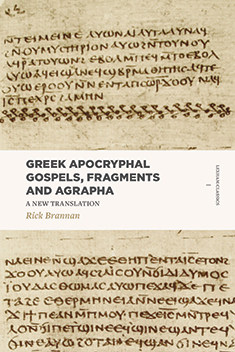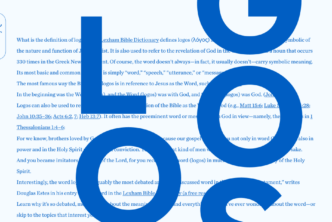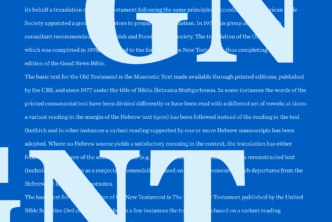As the Greek Apocryphal Gospels, Fragments and Agrapha project is now in the “Under Development” stage of the pre-pub process, and since I’ve done some work on it, I thought it would be fun to write about some of the material.
Most folks aren’t familiar with this stuff, but it is very interesting and can even be helpful when looking at the events recorded in the New Testament.
In Part 1 of this two-part post, we talked about P.Vindob. 2325, an apocryphal fragment which has similarities with the gospel accounts of Jesus predicting Peter’s betrayal (Mt 26:30–35; Mk 14:26–30) .
There are also fragments of things that expand or add to canonical material, like P.Berol. 11710, two small fragments dating back to the sixth century that share a short interaction between Nathanael and Jesus, which perhaps expands a bit on Jn 1:47–51. One snippet from those small fragments: “The Rabbi also said, ‘Nathanael, walk in the sun.’ Nathanael answered him and said, ‘Rabbi Lord, you are the lamb of God who takes away the sins of the world.'”
These additions should not be considered canonical. But the influence of the Johannine themes (the light/darkness motif via “walk in the sun”; Nathanael calling Jesus “the lamb of God who takes away the sins of the world,” see Jn 1:29) are notable. For whatever reason, the author of this expansion thought these things were important enough to frame in this manner.
Some fragments give accounts of things altogether unknown. P.Oxy 840, dated to the fourth century, tells the story of a Pharisee and high priest (named Levi?) talking with Jesus and his disciples in the temple complex about purity. This one even has Jesus giving this Levi a “woe” statement:
“Woe to you, blind ones who do not see. You have washed in these running waters in which dogs and pigs have been cast night and day, and have cleansed the outsides of your skin, which also the prostitutes and the flute-girls anoint and wash and scrub and beautify for the lust of men.”
Yikes! There are elements that the gospels use in railing against Pharisees (a “woe” statement, talking about cleansing the outside and neglecting the inside, see Mt 23:25-37) but the substance is altogether unknown outside of this fragment. We can see, perhaps, how a segment of early Christianity continued portray the Pharisees in a derogatory manner.
Does this stuff interest you at all? Then you should check out the Greek Apocryphal Gospels, Fragments and Agrapha. It will include the Greek of these fragments and other documents. The fragmentary papyri and agrapha will also have translations. The larger apocryphal gospels will have newly-written introductions along with bibliographies. Each fragment will also have a short introduction; the agrapha will probably have an introduction for each source of agrapha. These introductions will also discuss parallels/relationships with the New Testament.
All of these things add to the understanding we have of how scripture was used and even how it was mis-used in the early days of the development of Christianity. We learn more about what sorts of stories they told, what sorts of sermons they preached, and how they tried to understand the gospel and tell it to others. By understanding even a little more about the cultural milieu of those early days of the development of Christianity, we end up with more insight to the gospel itself and how it was received by those who heard it.





